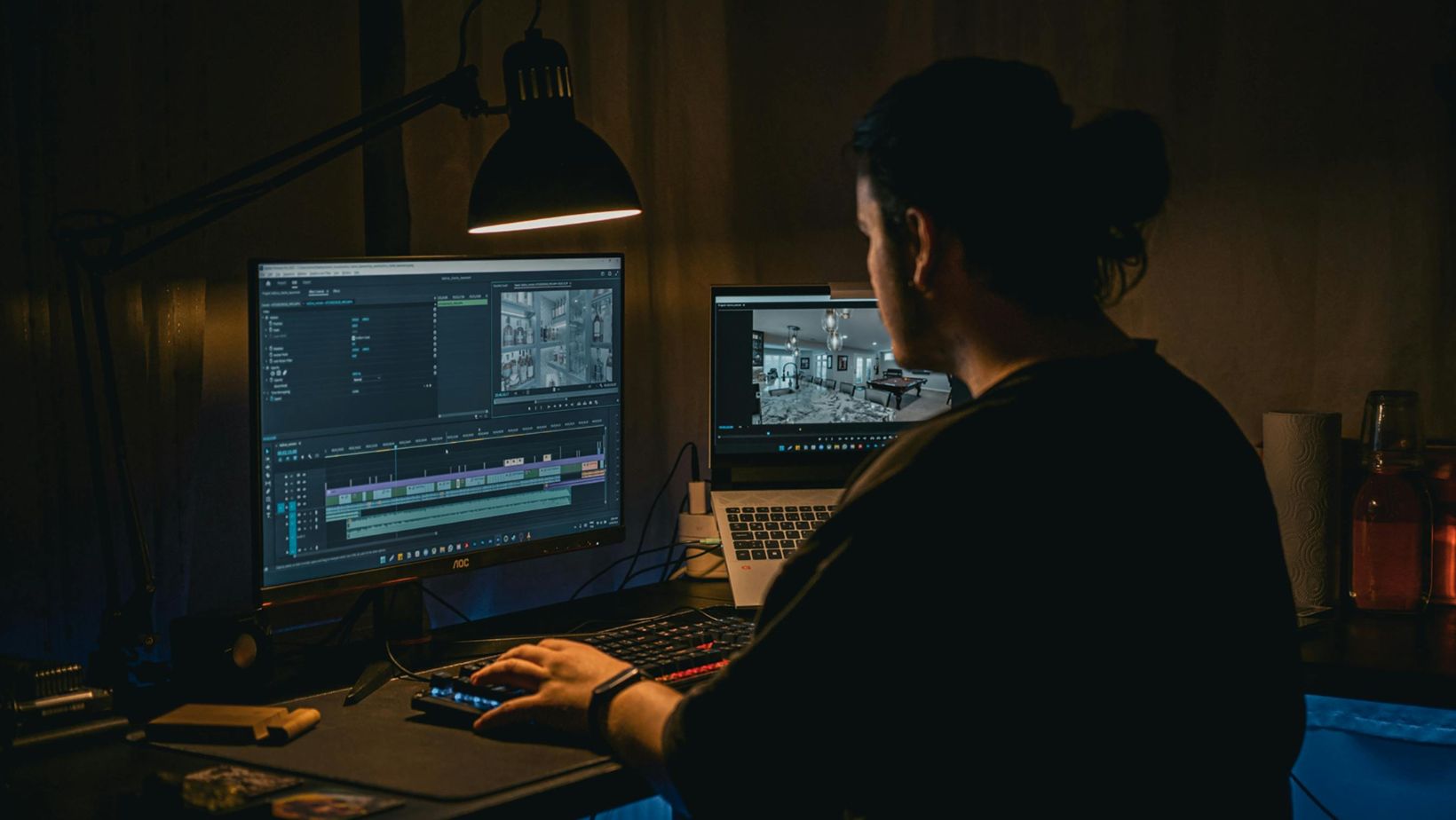In the digital age, comic artists have more opportunities than ever to share their creative work with a global audience. However, simply posting static images of comic panels may not always capture the attention of viewers scrolling through social media or browsing websites. This is where turning images into videos can make a significant difference.
Using image to video technology, comic artists can transform their artwork into engaging video content that stands out online. Combined with easy-to-use video making apps, this approach not only enhances how comics are presented but also opens new doors for marketing, storytelling, and audience engagement.
Why Comic Artists Need More Than Static Images
Comic art is all about storytelling—expressing emotion, action, and narrative through a series of illustrated panels. Yet, when comic panels are shared as simple images, much of the impact can be lost. Static images often don’t convey the pacing, drama, or excitement that moving images can deliver.
 Online platforms like Instagram, TikTok, and YouTube favor video content because it tends to engage users longer. Videos can tell a story dynamically, combining images with motion, music, and text to create a richer experience.
Online platforms like Instagram, TikTok, and YouTube favor video content because it tends to engage users longer. Videos can tell a story dynamically, combining images with motion, music, and text to create a richer experience.
For comic artists looking to build a following, attract publishers, or promote new releases, videos offer a powerful way to bring their stories to life and keep viewers hooked.
What is Image to Video Technology?
Image to video refers to software tools or platforms that convert still images into video sequences. These tools add motion effects, transitions, zooms, pans, music, and sometimes voiceovers, turning a set of static comic panels into a flowing video narrative.
This technology can be as simple as animating a few frames with smooth transitions or as complex as creating fully animated scenes from illustrations. It helps comic artists present their work in formats that are optimized for modern digital consumption.
How Comic Artists Benefit from Image to Video
1. Increased Engagement on Social Media
Videos naturally capture attention more than static posts. By turning comic art into videos, artists can grab viewers’ eyes as they scroll through feeds, encouraging them to watch longer and share the content.
2. Showcasing Story Flow
Image to video allows artists to control pacing, emphasizing dramatic moments by slowing down or speeding up scenes. This recreates the feel of reading a comic but in a format that is more immersive and dynamic.
3. Easy Promotion and Teasers
Artists can create short video trailers from selected comic panels to tease upcoming releases. These clips can be used across multiple platforms, generating buzz and anticipation among fans.
4. Accessibility for New Audiences
Video formats are easier to consume for audiences who may not typically read comics. Adding narration, subtitles, or music can make the story more accessible and appealing to a wider crowd.
5. Enhanced Portfolio Presentation
When pitching work to publishers or clients, having animated video versions of comics can make a portfolio more impressive and professional. It shows versatility and awareness of modern content trends.
Using Video Making Apps to Create Comics Videos
Many comic artists may worry that video production requires advanced skills or expensive software. Fortunately, video making apps have changed the game. These apps are designed to be user-friendly and often include templates specifically for creating videos from images.
 Some benefits of video making apps include:
Some benefits of video making apps include:
- Drag-and-drop interfaces that simplify editing.
- Built-in effects and transitions tailored for comic storytelling.
- Royalty-free music libraries to add mood and atmosphere.
- Options for subtitles and captions to enhance accessibility.
- Export settings optimized for different platforms like Instagram, YouTube, or TikTok.
By using these apps, comic artists can quickly produce professional-quality videos without needing extensive technical knowledge.
Tips for Comic Artists Using Image to Video Tools
To maximize the impact of video versions of comics, artists should consider:
- Selecting key panels that best convey the story or emotions. Avoid overwhelming viewers with too many frames.
- Using motion effects like zoom or pan to focus attention on details.
- Adding background music that fits the mood without overpowering the visuals.
- Including text overlays or captions for dialogue or narration, especially for silent platforms like Instagram.
- Keeping videos concise—short videos tend to perform better on social media.
- Experimenting with different video formats such as vertical for stories or horizontal for YouTube.
Success Stories: Comics that Come Alive with Video
Many independent comic artists and small studios have reported success after incorporating image to video content into their marketing strategies. One artist saw a 50% increase in Instagram engagement after posting animated video snippets instead of static pages. Another used video trailers on YouTube to attract new readers, leading to increased sales of digital comic issues.
These examples show that embracing video can be a key differentiator in the competitive world of comics.
Final Thoughts
The art of comics is evolving, and so are the ways artists share their work. By using image to video technology combined with easy-to-use video making apps, comic creators can elevate their storytelling and connect with a broader audience online.
Transforming static panels into dynamic videos helps capture attention, tell stories more vividly, and promote work effectively in today’s digital landscape. Whether you’re an indie artist or part of a larger studio, exploring image to video options can open exciting new possibilities for showcasing your comics.
Start experimenting with these tools today and watch your comic art captivate viewers like never before.

